- special reduced price € 10
until 29 May, valid for all exhibitions currently on view, due to the rearrangement of selected galleries and the implementation of energy efficiency improvements to the buildings
- open € 18
valid for one year from the date of purchase
- free
– minors under 18 years of age;
– myMAXXI cardholders;
– on your birthday presenting an identity document;
– upon presentation of EU Disability Card holders and or accompanying letter from hosting association/institution for: people with disabilities and accompanying person, people on the autistic spectrum and accompanying person, deaf people, people with cognitive disabilities and complex communication needs and their caregivers, people with serious illnesses and their caregivers, guests of first aid and anti-violence centres and accompanying operators, residents of therapeutic communities and accompanying operators;
– MiC employees;
– journalists who can prove their business activity;
– European Union tour guides and tour guides, licensed (ref. Circular n.20/2016 DG-Museums);
– 1 teacher for every 10 students;
– AMACI members;
– CIMAM International Committee for Museums and Collections of Modern Art members;
– ICOM members;
– from Tuesday to Friday (excluding holidays) European Union students and university researchers in art history and architecture, public fine arts academies (AFAM registered) students and Temple University Rome Campus students;
– IED Istituto Europeo di Design professors, NABA Nuova Accademia di Belle Arti professors, RUFA Rome University of Fine Arts professors;
– upon presentation of ID card or badge: Collezione Peggy Guggenheim a Venezia, Castello di Rivoli Museo d’Arte Contemporanea, Sotheby’s Preferred, MEP – Maison Européenne de la Photographie;
Collection
MAXXI’s Collection of Art and Architecture represents the founding element of the museum and defines its identity. Since October 2015, it has been on display with different arrangements of works.
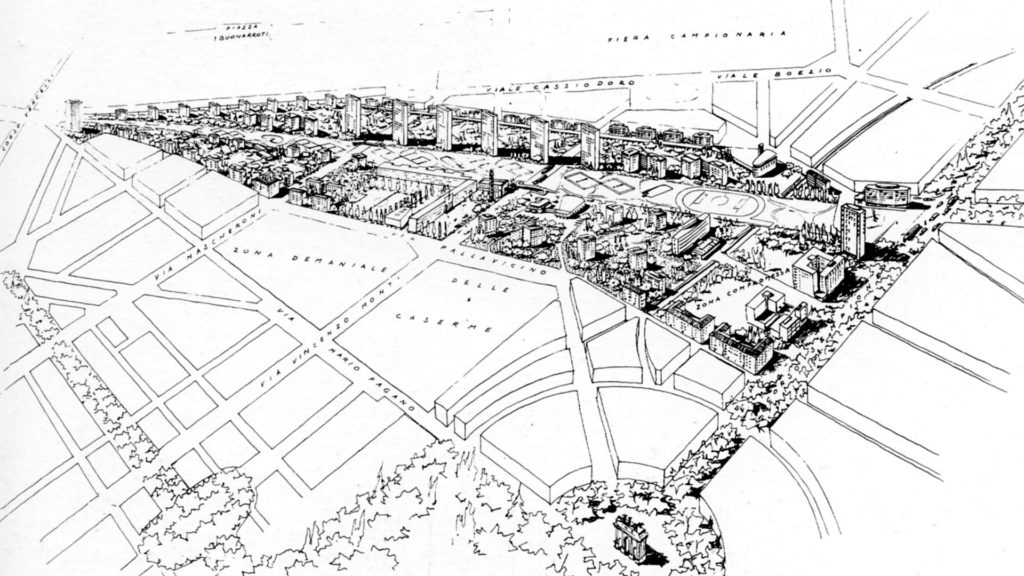
other upcoming events
20 May 2025 06.00 pm
books at MAXXIC’era una volta Hollywoodby David Niven
20 May 2025 06.30 pm
talkRiabitare Roma. Palazzina LIVEby IT’S ARCHITETTURA
21 May 2025 06.00 pm
talkBeyond the AudibleThe Electrical Jubilee in Christina Kubisch's Sound Paths
23 May 2025 07.00 pm
talkÈ stato un casoby Massimiliano Fuksas
24 May 2025 04.30 pm
MAXXIperTUTTIGeografie liquidelab in LIS
27 May 2025 06.00 pm
books at MAXXIL’uomo che arrestò Mussoliniby Mario Avagliano
28 May 2025 06.00 pm
libri al MAXXIIl grande frastuonoby Roy Chen




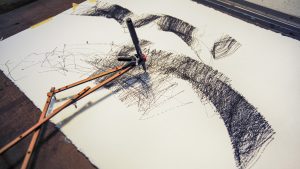




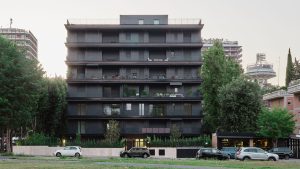








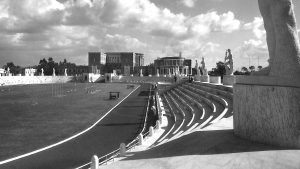







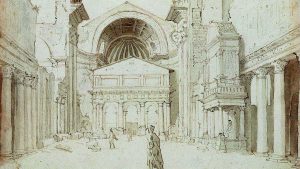







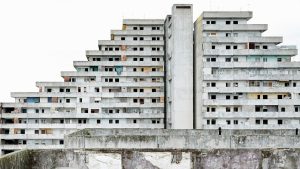







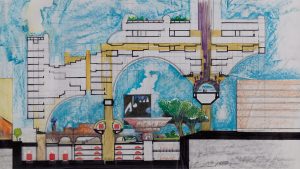
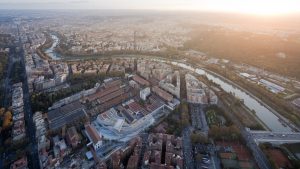
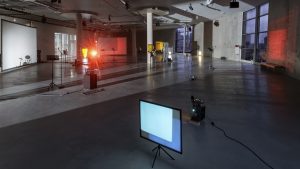

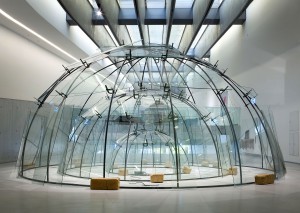
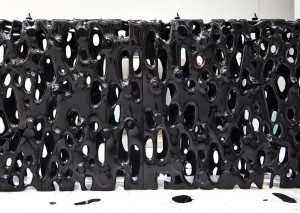
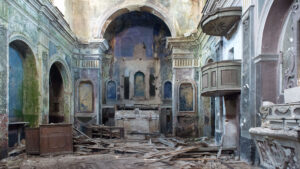


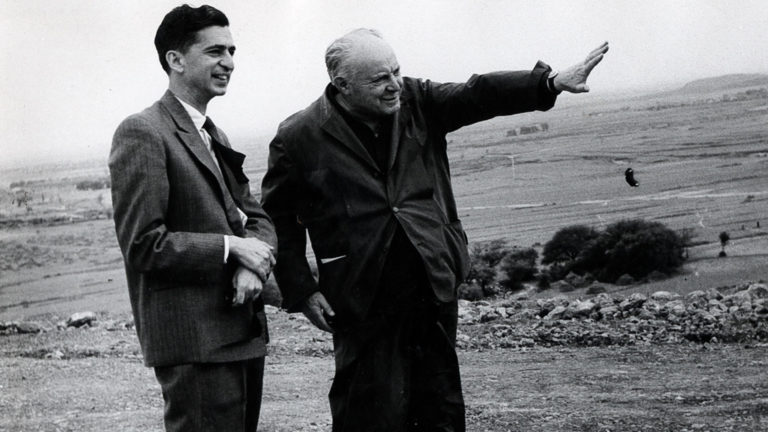
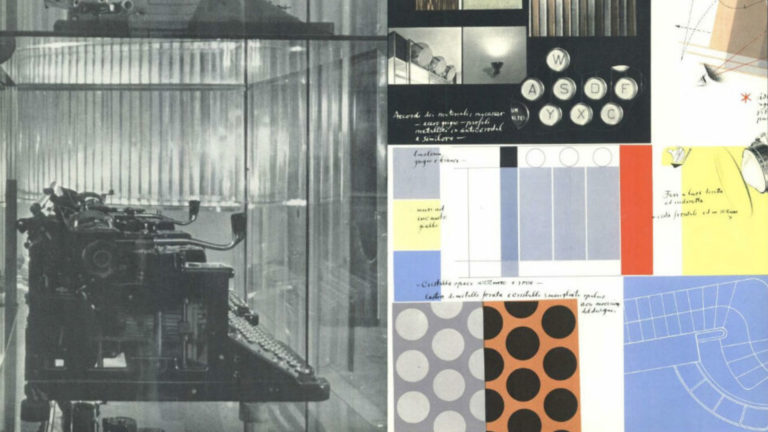
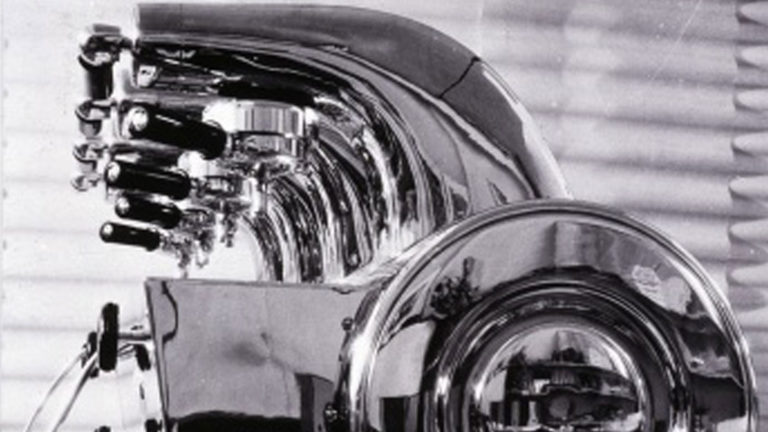
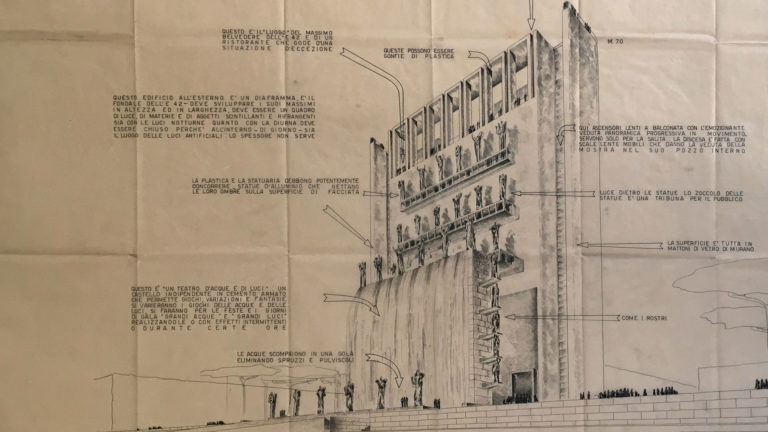



Carlo Scarpa hall – € 5
carnet for four meetings € 10
10 individual seats free and reserved for myMAXXI cardholders by writing to mymaxxi@fondazionemaxxi.it, by the day before the event
Four meetings to know Ponti’s multi-faceted activities, which include architecture, design, teaching, publishing, decoration, and scenography.
The programme intends to flank the exhibition in introducing and bringing the audience closer to Ponti’s multi-faceted activities: architecture and design, teaching and publishing, decoration and scenography; a legacy that has no equal in terms of versatility, flair, and commitment. A five-lesson long path designed to outline the professional profile of a person who actively participated in the re-birth of post-war Italian design.
Gio Ponti and the city
with Giorgio Ciucci
Theories or urban plans do not filter Ponti’s relationship with the city. More simply, since the 1930s, he observes the city, in particular, Milan, through its building components. On the one hand, the relationship between the houses (the “interclassist” domus, the same title given to the magazine founded in 1928) and the street; on the other, the buildings, in the context of massive urban spaces such as the Montecatini and Ferrania buildings or the residential building in S. Babila. The synthesis point between 1927 and 1940 was the design for a large residential area, “Spina Verde” at Scalo Sempione, which was proposed again after the war as “Il Fiume Verde”.
Giorgio Ciucci, former Secretary-General of the National Academy of San Luca, has published books and edited volumes on the architecture and city of Rome from the fifteenth to the twentieth century and on Italian, European, and American architecture of the twentieth century.